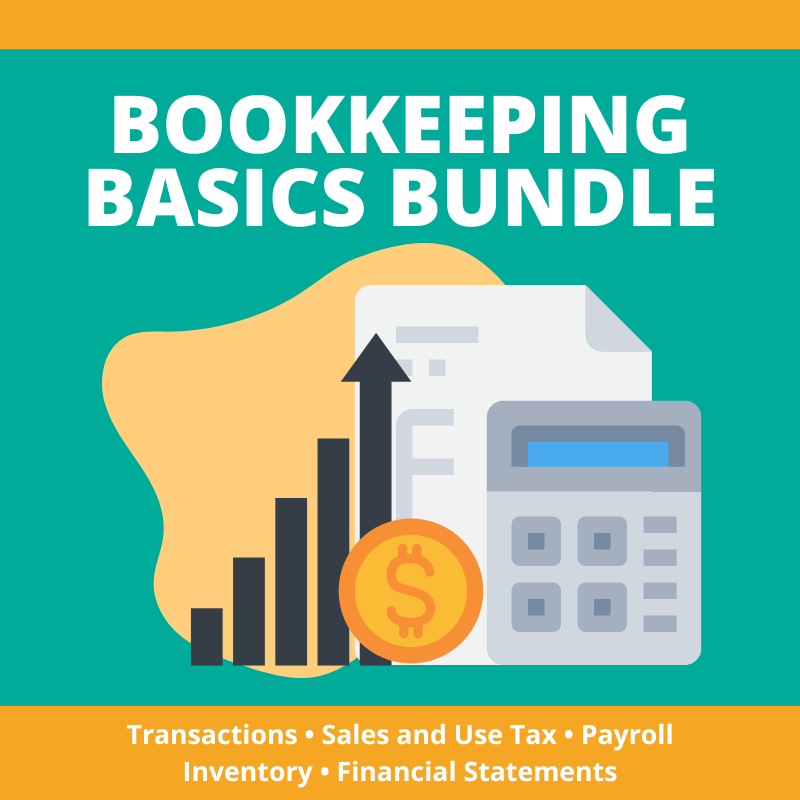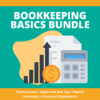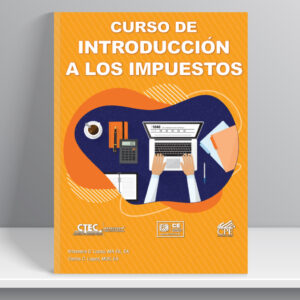Learning Objectives
Part One – Introduction and Terminology
- Understand who a bookkeeper is and what their role is
- Learn about the Chart of Accounts, and what Debit and Credit entries are
- Discover what T accounts are, and see them used in various examples
- Understand what different accounting methods can be used and their differences
- Review different Financial statements and learn about their key elements
Part Two – Transactions – Receipts, Expenditures, and Coding
- Understand the basics about coding receipts
- Discover examples in coding various sale types using T accounts, and see their differences
- Learn basics about disbursements, and discover how to code these transactions
- Understand what Timing and Capitalization are, and the importance of having one
- Understand the importance of policy documentation as it relates to transactions
Part Three – Sales and Use Tax
- Learn the basics about what Sales Tax and Use tax is, and the legal precedent that causes it to exist
- Discover what Nexus is and the differences in the different types of Nexus, and what a Home Rule location is
- Understand the difference between taxable and nontaxable items for sales and use tax considerations
- Learn basics about recording sales tax transactions using T account examples
- Learn some ways sales tax is reported to different taxing agencies
Part Four – Payroll
- Review the basics of payroll and learn about the overall payroll process
- Learn new employee considerations in the hiring process as it relates to the required paperwork
- Discover how to account for wages, Tips, and Garnishments
- Understand the reporting (tax filing) and payment requirements for payroll
- Learn how to code payroll transactions using examples from the course
Part Five – Inventory
- Learn the basics of Inventory through a basic overview
- Discover methods of valuing inventory
- Understand the differences between Periodic and Perpetual (or Dynamic) inventory methods
- Learn how to code Inventory transactions using examples of FIFO, LIFO, and AVCO methods
- Understand how a computerized inventory system handles these same transactions
Part Six – Financial Statements
- Learn the basics of financial statements through a basic overview
- Learn how the Chart of Accounts is set up to work seamlessly with Financial Statement reporting
- Understand the Income Statement (or P&L) and Balance Sheet in its construction and layout, and what information it presents
- Understand the Statement of Cash Flows and see the way it ties the other two financial statements together
- Discover how understanding financial statements can help in meeting overall financial goals as well as indicating where changes may need to be made






